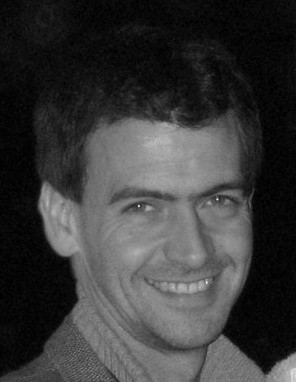Collaborators:
Cián Shaffrey (University of Cambridge, UK), Nick
Kingsbury (University of Cambridge, UK).
Key words:
segmentation, texture, colour, hidden Markov trees,
complex wavelets, Rayleigh distribution.
Resume:
Content-based image retrieval tries to access the
semantics of images in the database without manual annotation. This work
proposes an unsupervised segmentation method for coloured, textured
images. The results of the segmentation, including the models themselves,
are used as content descriptors in a retrieval system under development at
the University of Cambridge.
The image likelihood model is split into texture and
colour components, corresponding to the L component and the a and b
components of the L*a*b* colour space respectively. The models are learned
from the image before segmentation using regions found by the unsupervised
"Mean Shift Iterations" technique. The texture likelihoods are
hidden Markov tree models of the complex wavelet coefficient amplitudes of
the L component, the marginal distributions conditioned on the hidden
state being Rayleigh. The colour likelihoods are independent Gaussian
models of the scaling coefficients of the a and b components. The
rationale behind using complex wavelets is their improved translation
invariance and directional sensitivity. The rationale behind using wavelet
coefficients for texture and scaling coefficients for colour is that
texture is "differential" phenomenon, while colour is an
"integrated" phenomenon. Thus correlations between coloured
wavelet coefficients are unlikely to add much useful information.
Classification of each coefficient subtree (and hence
macropixel) is performed using maximum likelihood, after which a data
fusion step is used to propagate the decisions towards fine scales,
finally arriving at a pixelwise classification.
Results:
|

